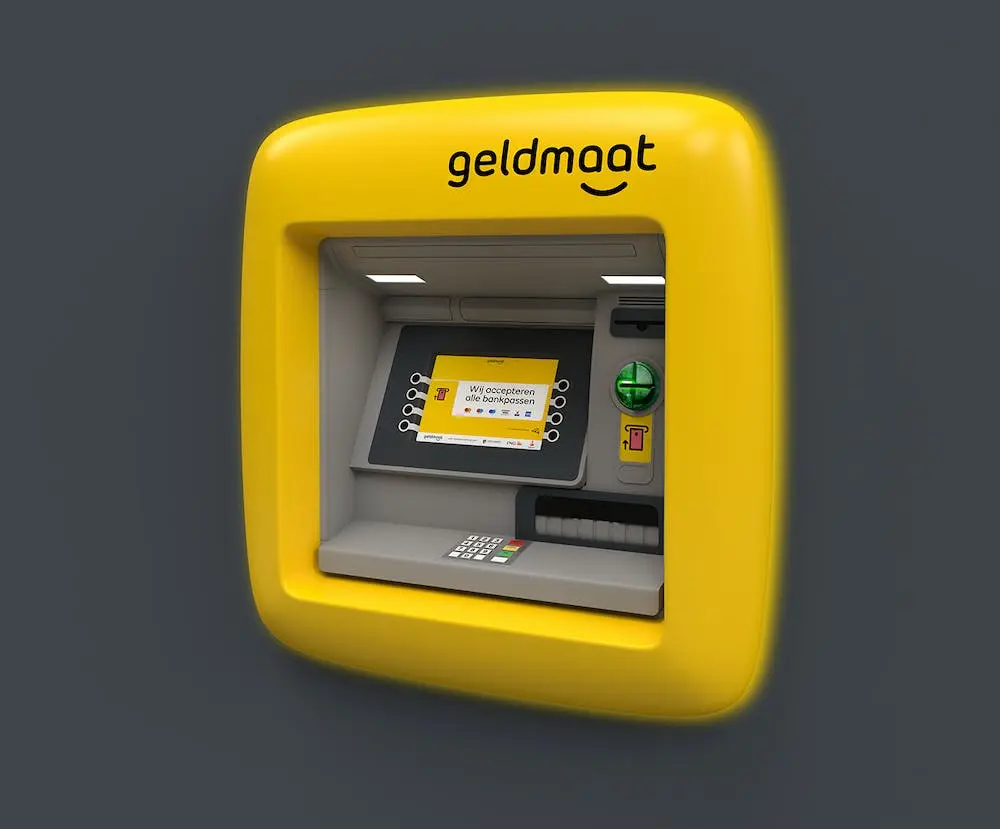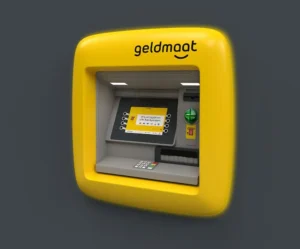Transaction Reconciliation Software
It is difficult and time-consuming validating transactions due to the volume of data in need of processing. Complications with transactional timing, multiple parameters, and different data feeds make it challenging to match large volumes of data. These complications will affect an organisation’s overall position, which could have severe consequences regarding legal outcomes and business choices. Transaction Reconciliation Software is an application to complete the reconciliation process automatically instead of manually. Not only does the system perform reconciliation with utmost speed, but it also removes the risk of human error, making it a very accurate process.
By incorporating transaction reconciliation software, businesses save time they would’ve otherwise spent manually comparing records. In many instances, this takes place via Excel spreadsheets, which can cause issues with version control and consolidation, making standardising the process tricky.
Why is Transaction Reconciliation Software Important?
Organisation’s can increase their reconciliation frequency and accuracy with an automated reconciliation engine. By ensuring accurate data continuously, the organisation’s leaders can make better business decisions impacting employees, stakeholders and customers.
Benefits of Transaction Reconciliation Software
Transaction reconciliation software should allow you to match off and reconcile many digital transactions from multiple data points in seconds.
You can efficiently complete tasks such as identifying genuine exceptions when reconciling your various payment channels and incorporate the following benefits:
-
Reconciliation of high volumes of data: The repetitive processes will be broken down into smaller steps that an automation tool can outline, perform and streamline to reduce bottlenecks and critical person dependencies.
-
Accurately identifies genuine exceptions: Human management teams gain better internal controls when transaction reconciliation software manages the process.
-
Optimise and standardise the process: Organisation’s are increasingly spread out because of the digital nature of work and the capabilities of technology to aid workflows. Transaction Reconciliation Software standardises the process, and with enhanced internal controls, it’s easy to optimise the steps.
-
Reduce errors: It’s inevitable – humans make mistakes; this is especially true when a lot of data calls for keen attention to detail. Reconciliation automation reduces errors inherently.
-
Save time: Automation can maximise capacity by comparing and matching records at warp speed; this saves everyone time to pull data together, structure it accordingly to review, and then update and share the changes with every respective party.
-
Reduce fraud: A reconciliation engine can provide organisations with a way to spot fraudulent activity. With quicker reconciliation due to automation, it’s possible to pick up on fraud immediately, resulting in less damage to the organisation.
-
Increase employee satisfaction: If you were to ask the people on your team who perform manual reconciliation if they enjoy the process, the chances are that they’ll call it laborious and tedious. With the aid of technology, your team can free up their time and reduce repetition, thereby creating an environment where they can concentrate on more fulfilling tasks.
-
Boost confidence in data: Even with the best finance professionals, manual reconciliation still will have a margin of error and doubt. When automated, you can rest assured that the data is accurate, and the reconciliation is, too.
-
Improve transparency: Everyone with access control to the Transaction Reconciliation Software can check in on the account reconciliation process. Say goodbye to the countless calls, check-ins and meetings surrounding financial close because you’ll have all the visibility you need, exactly when you need it.
SONAS: Transaction Reconciliation Software Features
Our Transaction Reconciliation Software is easy to use and set up, with flexible parameters and user-led comparators. Some of our key features include:
- Reconciliation at a transactional level, via uploads (ETL process) or direct feeds from other systems, through customisable API.
- Each Transaction Reconciliation Software engine is easily configurable based on reconciliation parameters set by the user.
- Accuracy and confidence in matching will depend on either identifying the unique parameters. (e.g. transaction ID) Or ensuring a sufficient number of assigned parameters (e.g. Date, time, value, etc.). The higher the number of set parameters, the greater the confidence in the accuracy of results.
- The Transaction Reconciliation Software provides the results of each reconciliation to be flexed and managed as appropriate.
- Date and time flexibility are built into parameter configuration to allow for processing gaps. (e.g. 1.12 pm transaction time in a source file may record as 1.13 pm in comparison data. This is due to the time taken to transfer the data during processing.)
Exceptions generated through the system or manually ems are initially identified as l Unmatched. Or awaiting additional data treated as Unmatched based on time thresholds set by the user. (e.g. no comparison data received within three days)
- Exceptions investigation and resolution automatically fed into our Exceptions Module, specific to each system set-up.
Final Thoughts
Transaction Reconciliation Software can boost your team’s output by increasing productivity, enhancing accuracy, improving transparency and reducing compliance risk. Now there is extra time. You can open the door to a team of individuals who can provide more value. All whilst gaining superior satisfaction from the work they get to perform.






